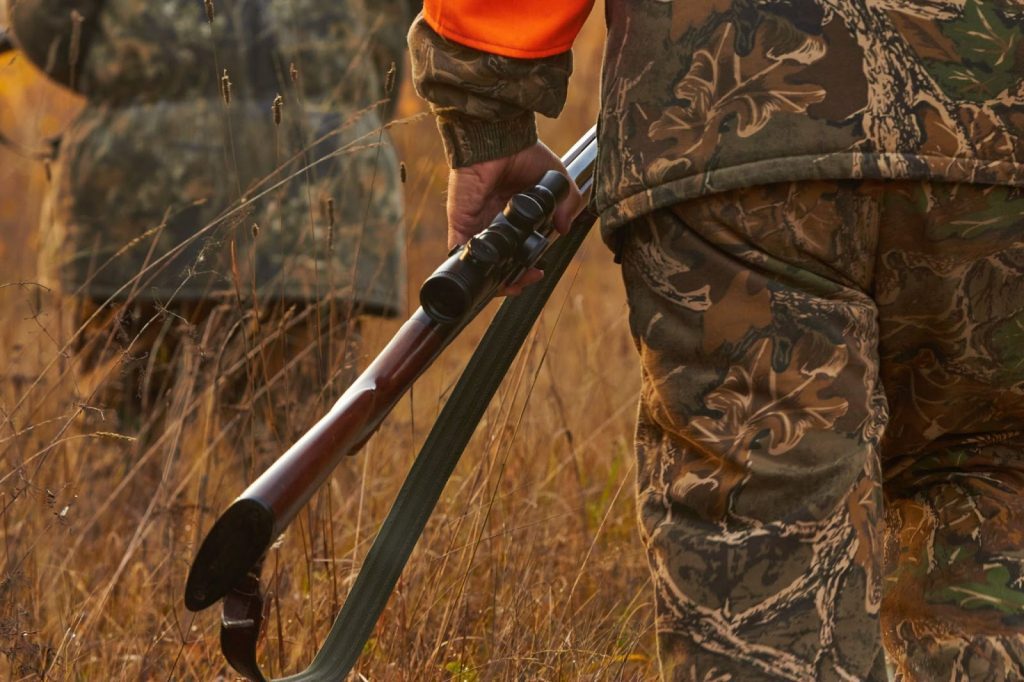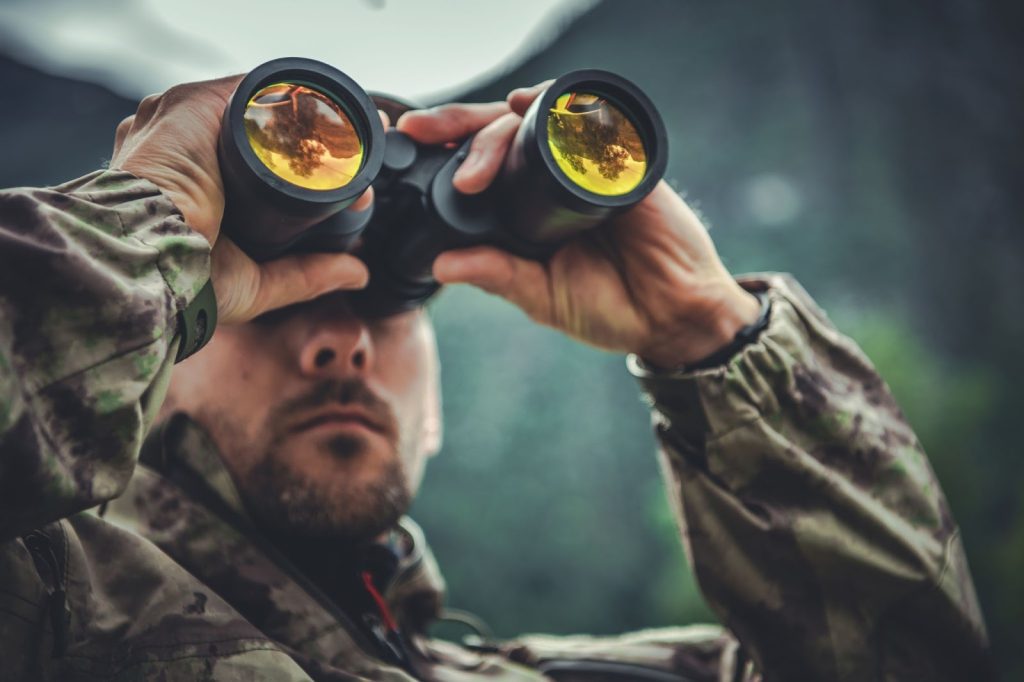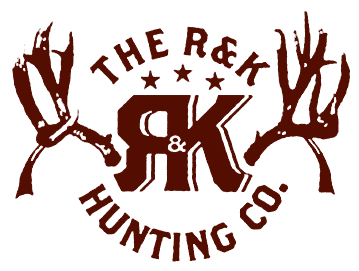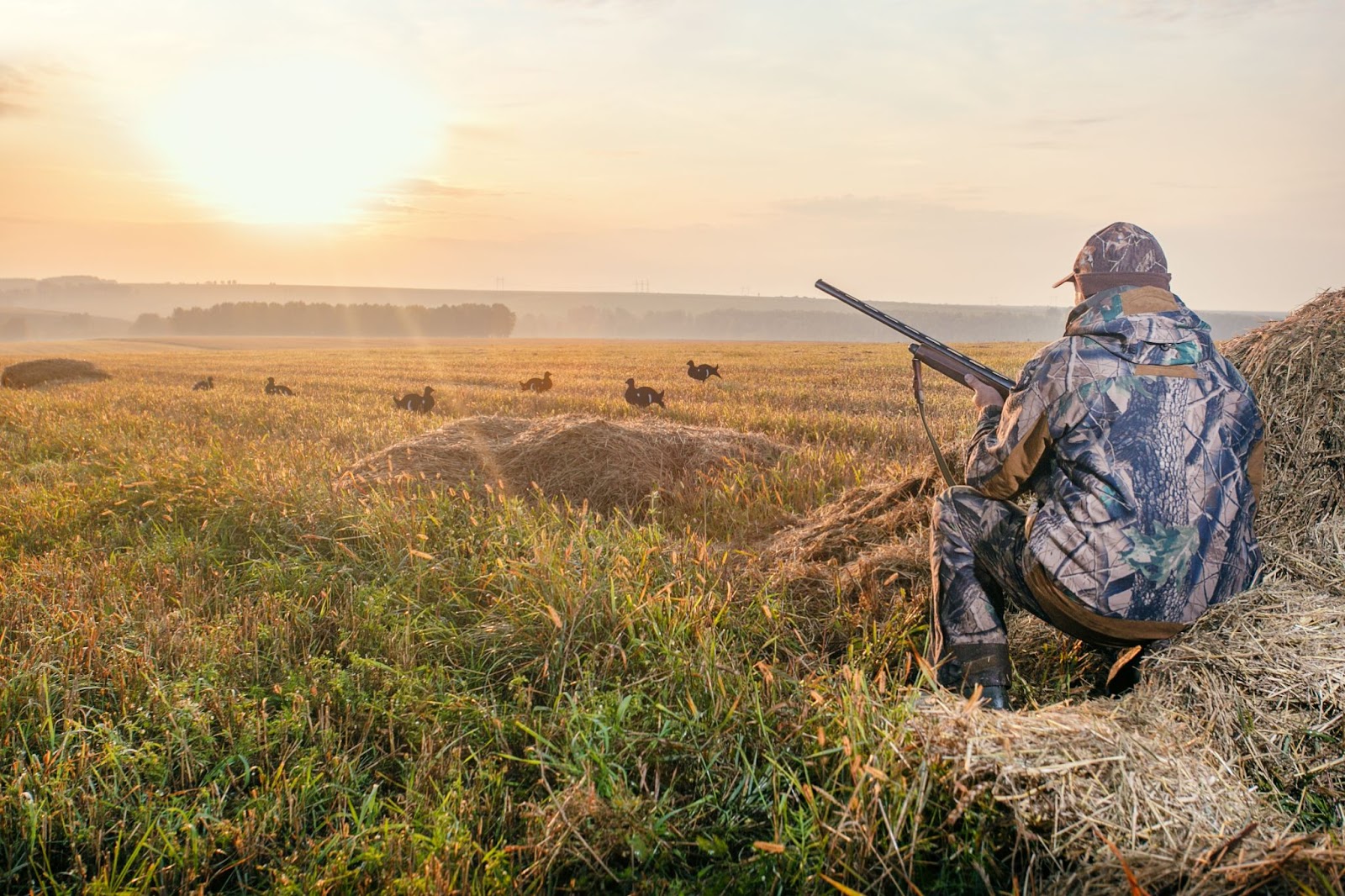Confidently kick off your next hunting season adventure by choosing a guided hunting trip. It’s your ticket to an unforgettable and successful experience every time.
Hunting is an exciting, fulfilling way to spend time outdoors. Good timing could be the difference between a successful hunt and a missed chance. Knowing the ins and outs of seasonal hunting, such as what and when to hunt, increases your odds of encountering game and maximizing your time in the backcountry.
Today, we’ll discuss the ideal times to go hunting throughout the seasons and offer tips on making the most of your time. Continue scrolling to learn more.
The importance of understanding when to hunt
Before getting into the nitty-gritty details of each season, it’s important to understand why timing is everything in hunting.
All animals act according to their instincts and behaviors, which shift yearly in response to migration, mating, food availability, and survival needs. Understanding these patterns will help improve your chances of finding game in active periods and concluding the season successfully.
Moreover, every hunting season is different from the last and brings its own set of challenges and prizes. Depending on the season, the terrain, weather, and prey availability will vary, so you’ll need to adjust your efforts, planning, and strategies accordingly.

Seasonal hunting: everything you need to know
Each season offers unique chances and challenges, so knowing when to hunt during the year will impact your success.
Spring — turkeys and small game
Spring is the season of renewal in the animal kingdom. Many species begin their breeding season, making them more active. Spring weather is typically mild, making it a perfect time for hunting in many parts of America.
Focus your energy on turkey hunting in early spring, as male turkeys (gobblers) become increasingly vocal, making them easier to spot. March to May is often the best time to hunt turkey, with the first few weeks offering peak activity.
Additionally, spring is an ideal time for hunting small game, such as squirrels, rabbits, and other fur-bearing animals. As the temperatures increase, these animals become more and more active, making them easy to locate in wooded areas and fields. Early spring, before the foliage on the trees and brush becomes too dense, is the ideal time for hunting small game.
Summer — varmint and large game
Summer hunts are especially challenging, but many hunters welcome the invitation of added competition. Hunting during the summer months is productive for many; however, it is essential that hunters remain aware of the heat and adjust schedules as necessary.
To avoid peak temperatures, opt for early morning or evening hunts. It is cooler during these hours, making it more comfortable for you and the animals. Larger game, like deer, are more active during these times to avoid midday heat and activity.
Varmint hunting is prime in the summer months. Prairie dogs, coyotes, and other nuisance animals are much more active in the summer and can easily be spotted near water sources or in open fields.
Fall — peak hunting season
For most hunters, autumn is the ideal time for hunting. The drop in temperatures, combined with the start of the season and abundance of game, makes fall the best season for hunting.
Here’s why fall is considered the prime time for hunting:
Deer hunting
Many believe fall to be the best season to hunt deer, as they become increasingly active during these months, searching for food to prepare for the rut (mating season) and the wintery months ahead.
The rut begins in late October or the beginning of November, making deer more likely to take risks of being seen to find a mate. The best time to hunt is during the rut, as bucks are on the move and less cautious.
Waterfowl hunting
Fall is also ideal for waterfowl hunting, especially geese and ducks. As the weather shifts and the days become shorter, these migratory birds begin their long journey south, making their routes predictable and easier to locate. If you are waterfowl hunting, the best time to be on the water is the early fall months.
Big game hunting
Like hunting deer, fall is an ideal time for hunting large game like moose, bear, and elk. These animals are also more active in cooler temperatures and preparing for winter. Big-game hunters will enjoy peak opportunities during the rut and pre-winter feeding season.
Winter— a quieter season
Winter hunting is undoubtedly challenging, but with high challenges come exciting rewards. The cold temperatures and falling snow can make the sport much more difficult, but winter is an ideal season to head into the field for various types of hunting.
The winter season is a great time for predator hunting because animals such as bobcats, wolves, and coyotes are active as they search for food. Fallen snow makes it easier to track predators, and their need for nourishment makes them more predictable. Winter is also an excellent time for trapping small game and small animals.
While the beginning part of the fall season may offer hunters great opportunities, late-season deer hunting in winter months can also be successful. During this time, deer search for food and are often found near corn fields, food plots, and other feeding areas.
Keep in mind that late-year hunting often requires persistence, patience, and skill, as deer can be skittish and cautious at this time of year.
Winter hunting in mountainous terrain and heavy snow presents unique opportunities for sportsmen to hunt species like moose, goats, and sheep. These hunts require specific preparation, skill, and gear, but they are incredibly rewarding for those willing to take on the task.

Ideal times of day for hunting
Seasonal timing isn’t the only timing a hunter needs to consider when planning a hunt. When you begin and end may also impact your success. While the times of day vary depending on the type of game and terrain, early morning and late evening are often the most ideal times.
Many animals are most active at the beginning and end of daylight hours, making this the best time to hunt species like small game, turkey, deer, and elk.
Enjoy your guided hunting trip with R&K Hunting Company
Knowing the best seasons to go hunting will significantly increase your chances of a successful hunt. For more insider hunting tips and tricks like these seasonal hunting pointers, book your next guided hunting trip with the hunting professionals at R&K Hunting Company.
Our skilled guides have years of experience hunting in the Wyoming and Utah Rocky Mountains and want to share their expertise with you. Our knowledgeable team takes the hassles out of planning a hunt, regardless of the season, and will plan a hunt you will surely remember forever.
Before setting out, always check local hunting regulations and secure the proper permits for your area. Each region has specific rules designed to protect wildlife populations and maintain sustainable hunting practices.
Staying informed ensures a safe, lawful experience and helps preserve the sport for future generations of hunters. Preparation and respect for nature are the marks of a true sportsman.
Contact us to book your next hunt now!

